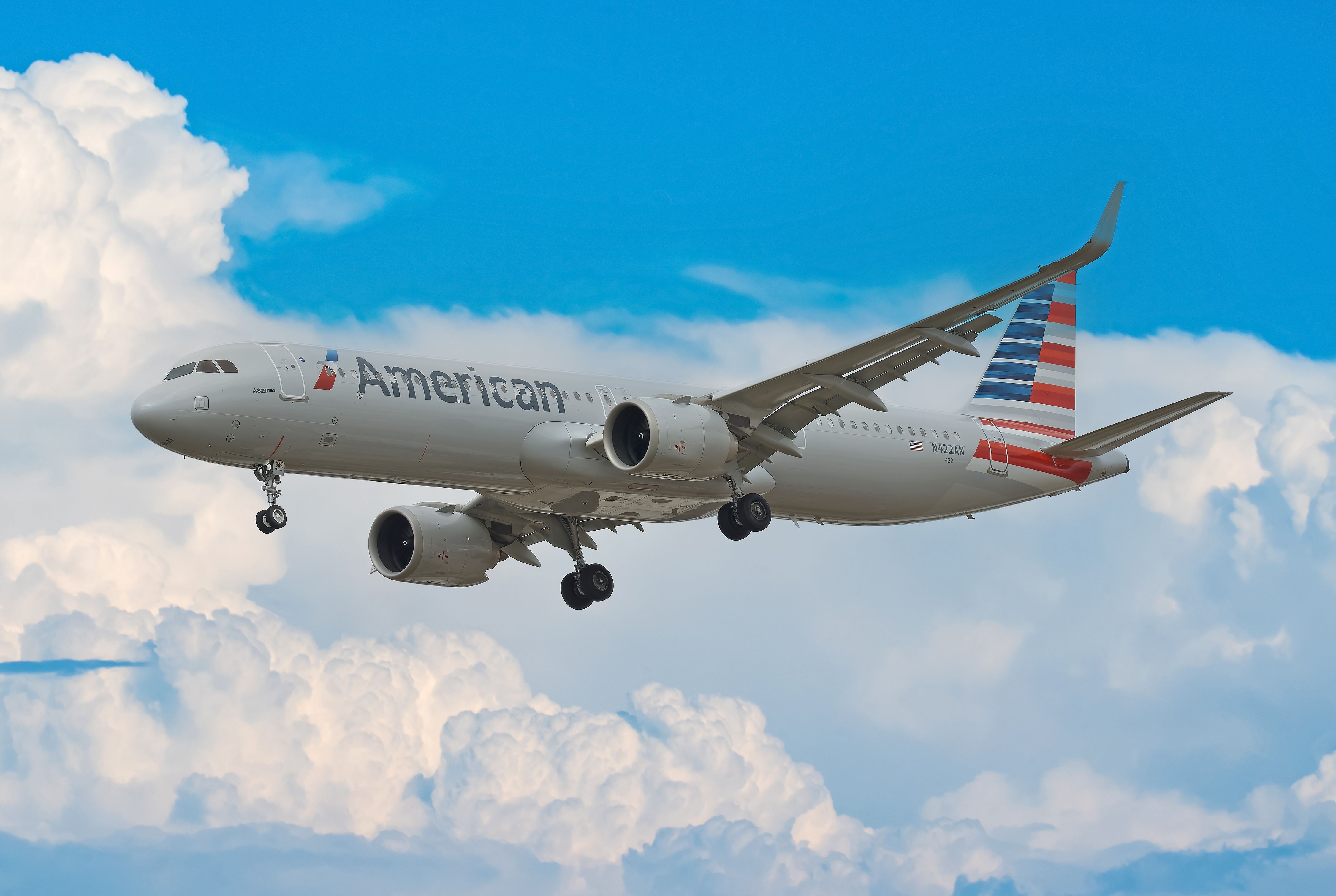Summary Unexpected turbulence injured 4 crew members on American Airlines Flight 2905, but all passengers were unharmed. Clear air turbulence can't be detected by weather radar, making it difficult to avoid. Airlines are implementing strategies to reduce turbulence-related injuries, as incidents seem to be increasing due to climate change.
American Airlines Flight 2905 on June 8th was eventful but for the wrong reasons. Unexpected turbulence injured four cabin crew members, but no other injuries were reported. Clear air turbulence American Airlines Flight 2905 is a nonstop flight using an Airbus A321 twinjet from Tampa International Airport (TPA) to Charlotte Douglas International (CLT).

According to local news outlet WBTV , the jet experienced unexpected turbulence along the aircraft's 547-mile flight path, resulting in all four crew members sustaining injuries. The severity of the injuries is unknown at this point. However, after the aircraft landed safely at its destination airport, the crewmembers were transported to a local hospital for further evaluation.
Simple Flying has contacted American Airlines for a comment on the crewmembers' condition. There were 154 passengers and six crew onboard, and no other injuries were reported. The two remaining crew members are assumed to be the flight crew, who are always strapped in while at their station.
American Airlines released the following statement: "American Airlines flight 2905 with service from Tampa (TPA) to Charlotte (CLT) landed safely at CLT after encountering unexpected turbulence. We thank our crew members for their professionalism and our customers for their understanding." The turbulence likely was clear air turbulence that weather radar cannot detect.
CAT can only be avoided if other aircraft report it. Debby causing delays According to FlightAware's Misery Map , CLT featured some of the highest flight delay and cancellation rates in the US on Thursday due to Tropical Storm Debby. More than 715 flights were delayed, and at least 22 were canceled.
CLT was directly within the storm's path and had the country's worst cancellation and delay numbers. Other airports in the East Coast cities, such as New York, Miami, and Washington D.C.
, also faced delays. Increase in turbulence-related injuries There has been a marked increase in turbulence-related injuries in recent times, such as the Air Europa Flight 45 , Qatar Airways Flight 17 , and Singapore Airlines Flight 321 - which resulted in the death of a passenger. According to one study, clear air turbulence has increased over the past 40 years, with severe turbulence increasing by approximately 55% in the North Atlantic.
In addition, moderate turbulence increased by 37%, and light turbulence by 17%. The Federal Aviation Administration (FAA) reported that turbulence was the main cause of injuries to flight attendants and passengers. The scientific community agrees that climate change and global warming are exacerbating turbulence, that passengers should expect air travel to become more bumpy, and that they should get used to seeing headlines about turbulence more often.
However, many airlines are implementing policies to reduce the risk of injury. Korean Air changed its cabin service procedures, ending service 40 minutes before landing, and has stopped serving instant ramen - a crowd favorite. Emirates became the first airline to integrate the IATA Turbulence Aware Platform with Lufthansa Systems' Lido mPilot to help better predict and avoid turbulence.
The system allows aircraft to automatically share turbulence information with others on the same platform, creating a network of information to help pilots identify areas of turbulence. A review of the types and intensities of turbulence, and how airlines avoid bumpy rides..



















